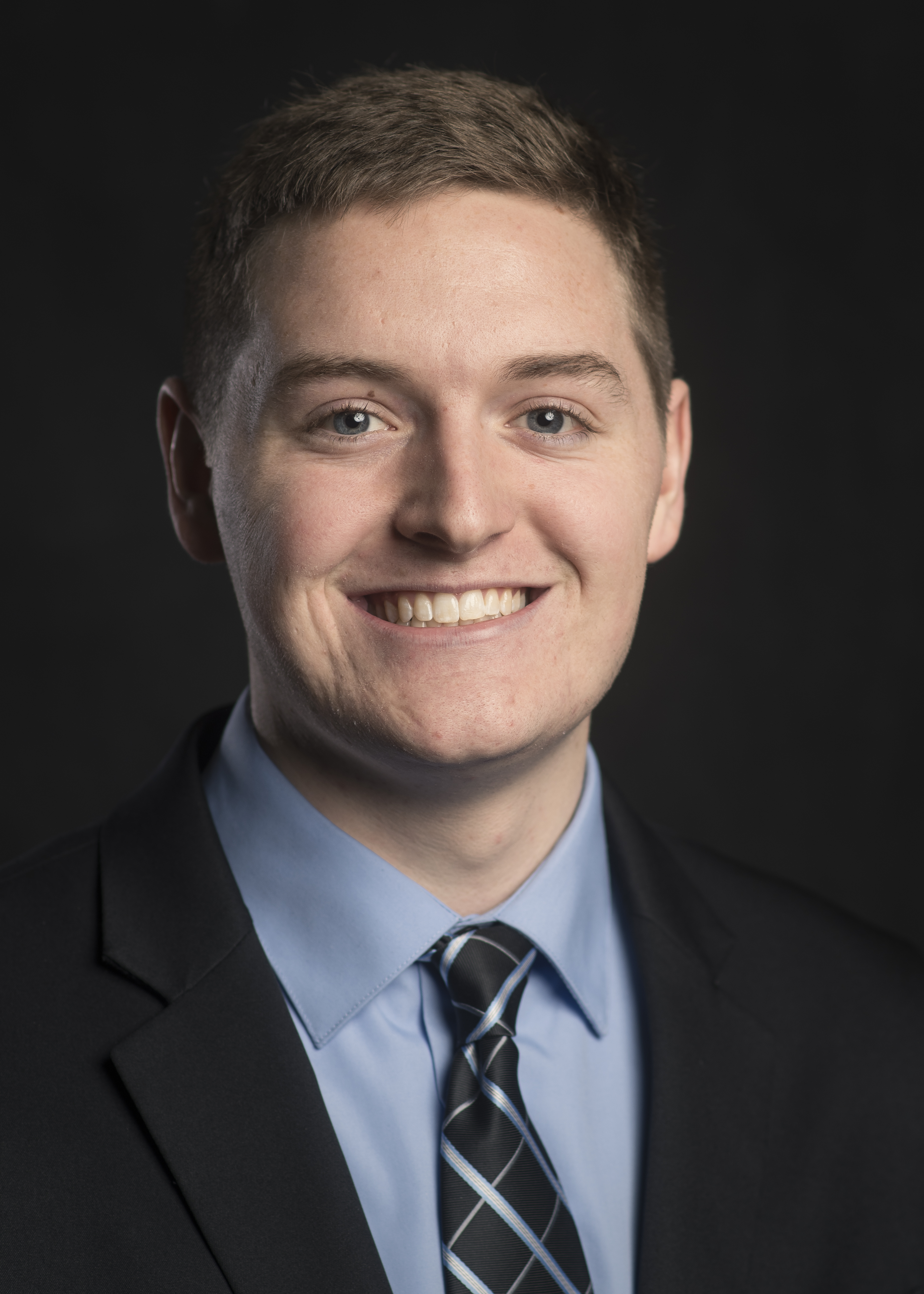Celebration of Scholars
Low-cost dropsonde development for multi-point measurement of thunderstorm electric fields
 Name:
Max Becher
Name:
Max Becher
Major: Physics
Hometown: Somerset, WI
Faculty Sponsor:
Other Sponsors:
Type of research: SURE
Funding: SURE
Abstract
Thunderstorms are often described as consisting of three charge layers: upper positive, central negative, and lower positive. This simple charge structure is inferred from balloon-borne electric field measurements. However, they typically only provide information from a single moving point. Realistic charge structures in thunderclouds are expected to be more complicated than this tripole description for a variety of reasons: non-trivial updraft geometry, turbulence, and charge deposition by lightning. In order to more fully measure such charge structures, we herein describe the development of an experiment composed of multiple low-cost electric field dropsondes. Each dropsonde consists of two pairs of electrodes where each pair has the electrodes on opposing sides of the device and connected to a differential charge amplifier. The enclosures for the dropsondes are designed so that they spin as they fall which induces charge motion and allows us to measure electric field strength. This electric field data will be transmitted to a ground station in real time along with GPS coordinates. By keeping instrument and recovery costs low, we aim to launch a single balloon payload carrying several of these instruments to drop at intervals to provide a multi-point map of electric field and infer associated charge structures inside a thunderstorm.Submit date: March 2, 2019, 11:54 a.m.
